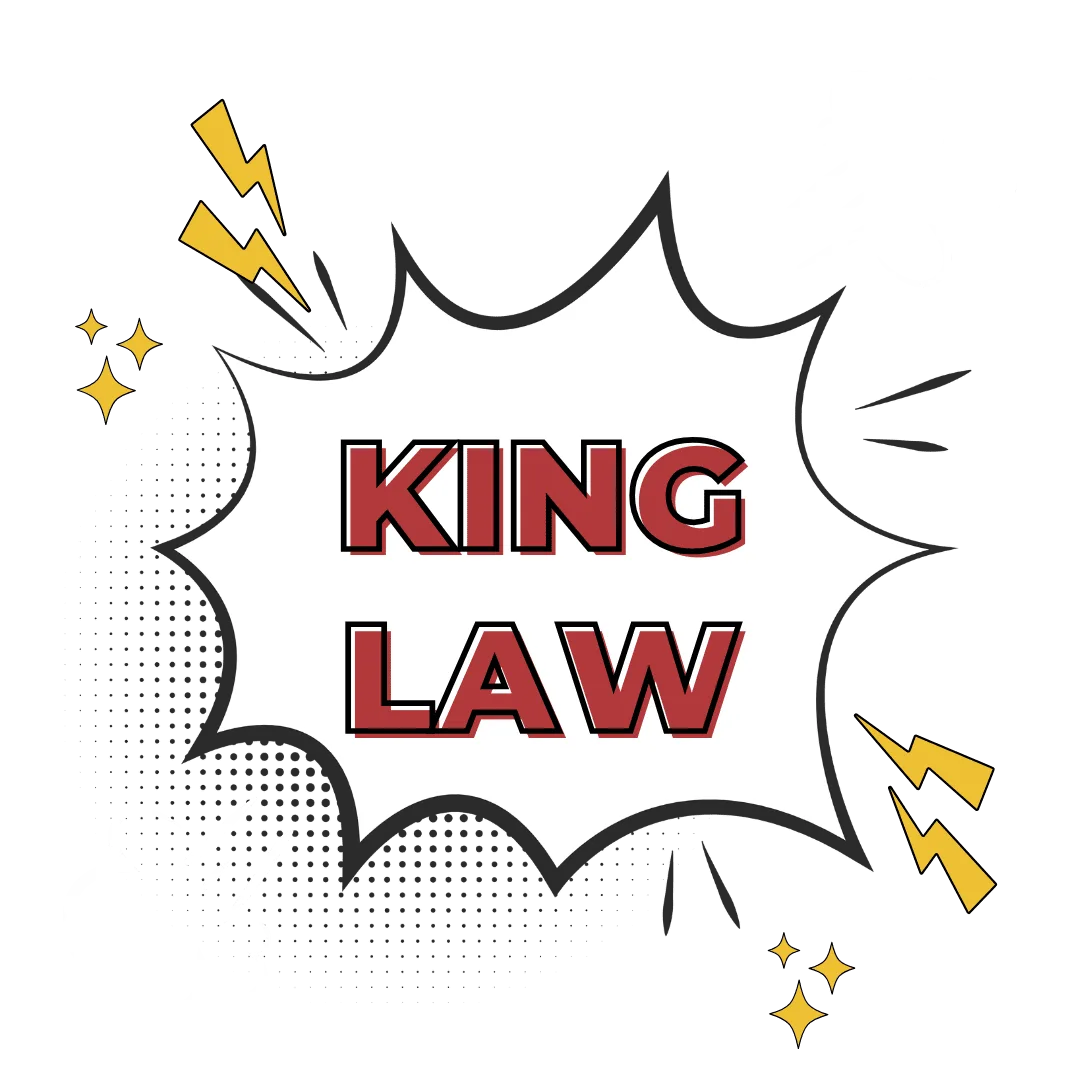The state of California is referred to as a fault state as a result of its use of the comparative negligence rule. The rule focuses directly on the events leading up to the accident and if the injured party is partly to blame for the accident. In addition, where the injured party is partly to blame this has a direct impact on the compensation he or she will receive. The comparative negligence rule provides that if the injured party is partly to blame for the accident and their injuries the compensation amount will be less the value of the percentage he or she is responsible for in the accident. This article will discuss the basic rules with regards to slip and fall accidents.
It must be noted that there are three basic rules one to be taken into consideration with regards to slip and fall accidents. These rule are extremely important as they determine if there is a case or not. Firstly, it is important that the injured person determines if the property owner is in fact liable for the accident. In order to determine the property owner’s liability for the slip and fall accident that resulted in your injuries, one of the following must be true of the owner:
- The owner of the premises or an employee must have caused the spill, worn, torn spot or other slipping or dangerous surface or item.
- The owner of the property or an employee must have known of the dangerous or slippery surface but did nothing about it.
- The owner of the property or an employee should have known of the dangerous or slippery surface because a ‘reasonable’ person taking care of the property would have discovered, removed or repaired it.
In the majority of cases claimant’s use the third point for their cases, however, the phrase ‘should have known’ makes it difficult to determine as liability in this case is governed by common sense.
With regards to the third point it refers to a ‘reasonable person’, in any negligence claim it brings into question the issue of the reasonableness of the defendant. In order to determine reasonableness of the property owner the law focuses on whether the property owner makes regular and thorough efforts to ensure the property is kept safe and clean. Some general questions that are posed in order to determine the property owner’s reasonableness are:
- In the case where the injured party tripped on a torn, broken or bulging carpet or ground or slipped on a wet or loose area; had the dangerous area been there long enough for the owner to know about it?
- Is there a regular procedure for examining and cleaning or repairing the premises, and if so, what proof is available that such repairs or cleaning were happening?
- Was the issue of poor lighting a contributory factor to the injured party not seeing the dangerous area?
If you have a slip and fall personal injury claim and require legal advice and representation, hire the best personal injury lawyer near me.
